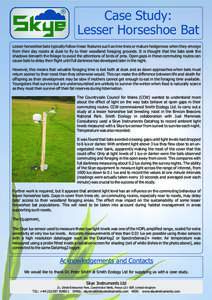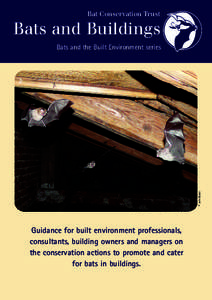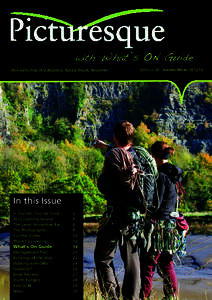<--- Back to Details
| First Page | Document Content | |
|---|---|---|
 Date: 2011-02-15 13:33:38Vesper bats Rhinolophidae Rhinolophus Myotis alcathoe Horseshoe bat Greater Noctule bat Greater mouse-eared bat Lesser horseshoe bat Lesser Noctule Fauna of Europe Bats Mouse-eared bats |
Add to Reading List |
 | Case Study: Lesser Horseshoe Bat Lesser horseshoe bats typically follow linear features such as tree lines or mature hedgerows when they emerge from their day roosts at dusk to fly to their woodland foraging grounds. ItDocID: 1v8BO - View Document |
 | Bat Conservation Trust Bats and Buildings © John BlackDocID: 1amwg - View Document |
 | PDF DocumentDocID: 18DAd - View Document |
 | PDF DocumentDocID: 17haH - View Document |
 | References consulted to determine Core Sustenance Zones (CSZ) for UK bat species N.B The approach used here to determine CSZ size does not take into account the use of satellite roosts or roost switching. Albrecht, K., HDocID: 105NI - View Document |
 AGREEMENT OF THE CONSERVATION OF POPULATIONS OF EUROPEANS BATS (EUROBATS) REPORT ON THE IMPLEMENTATION OF THE AGREEMENT IN BULGARIA September[removed]December 2009
AGREEMENT OF THE CONSERVATION OF POPULATIONS OF EUROPEANS BATS (EUROBATS) REPORT ON THE IMPLEMENTATION OF THE AGREEMENT IN BULGARIA September[removed]December 2009